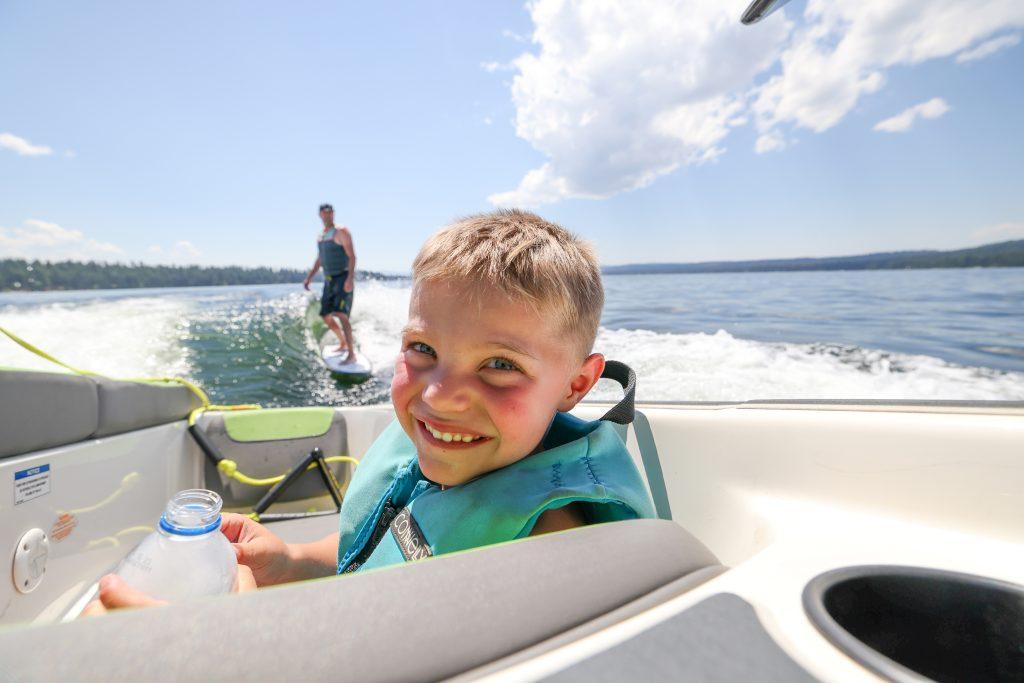Every four years when the winter Olympics roll around, curling enjoys a boost in popularity. Maybe it is because ordinary looking folks make some extraordinary shots and become gold or silver or bronze medalists. And while we sit engrossed cheering on the curling teams on television, it often doesn’t occur to us that we can learn to play this fun winter sport right here in McCall.
“I am a retired teacher and when my wife and I moved to McCall we were looking to meet some people,” says Bill Cleves. “We happened to see an ad in The Star-News about a ‘Learn to Curl’ event and decided to give it a try.” After one afternoon on the ice, they joined the McCall Curling Club and have been playing ever since. The Club meets every Sunday from December through March and hosts several Learn to Curl events throughout the season.

“The first time we played we knew absolutely nothing except for what we had seen watching the Olympics,” Cleaves says. During the Learn to Curl event, the purpose is really to get comfortable on the ice and introduce some basic techniques for throwing stones. The Club provides all the equipment which makes curling a very easy sport to try with little upfront cost commitment.
“It is a great culture,” says Cleaves. “Everyone in the league helps everyone learn. Each team we played that first year helped us learn a bit more and by the end of the season we felt like we knew what we were doing.” Now it is there turn to help newcomers learn the game. “We love it because it is a fun, social way to spend a few hours on a Sunday afternoon and a great way to meet people.”

For those looking to learn the art of curling, Cleaves recommends participating in one of the Learn to Curl events. “The one barrier when it comes to curling is ice time,” he says. “With all of the events and sports that share time at the ice rink, there are specific times the Club sets aside for curling.” Otherwise, it isn’t something you can drop by the rink and expect to do at any given time.
If you plan to participate in Learn to Curl, no special equipment is needed. The Club provides everything you need – including the grippers and sliders needed for your shoes. “The one thing you need is comfortable clothes you can move in and stay warm in,” says Cleaves. “It can get cold standing on the ice for several hours so layers are key.” The one thing that doesn’t matter? Your age. “Last year we had curlers in their 20s and curlers in their 70s,” he says. “And while we can get competitive at times, most of us are there for the social aspect.” An afternoon of laughing, curling, and libations? Sign us up!

Curling 101
The object of the game is to slide granite stones (also called “rocks”) into the target area or the “house.” The “house” is comprised of three circles – a blue outer circle 12 feet in diameter, a white circle eight feet in diameter, and a red circle four feet in diameter. The team that gets their stones the closest to the center score points according to the position of other rocks. For each stone “in the house” (or touching one of the circles of the target), and closer than their opponents, points are scored.
A curling match is played between two teams of four people and each team has eight stones. One team member will “pitch” the stone and two “sweepers” can follow it down the ice using a broom ahead of the stone to alter its speed or curl its path. Teams take turns sending two stones each down the ice until all 16 have been sent and then the round is scored.





